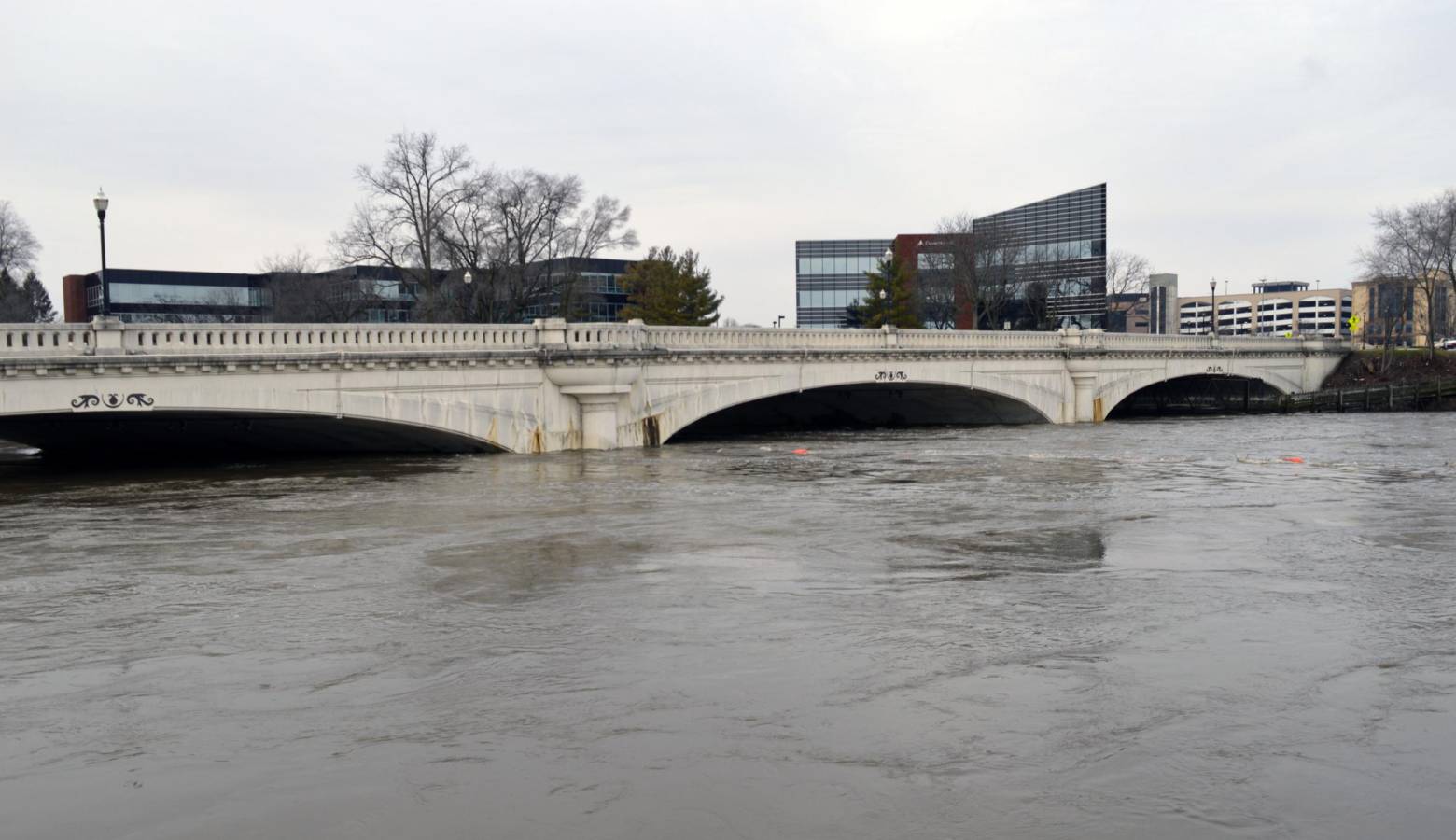Study: Indiana Must Do More To Protect Infrastructure From Climate

Sweltering heat and huge amounts of rain can do a number on the roads, bridges, and power lines we all rely on. A new study suggests the state could be doing more to protect its infrastructure from climate impacts.
“Every resident, employee, business — we all depend on the state’s transportation network to get where we need to go or to move our product to and from market,” says Mary Craighead, a transportation policy analyst with the Midwest Economic Policy Institute and lead author of the study.
Craighead says people may not care about infrastructure now, but that might change when they see the bill.
“In recent flooding we’ve seen where roads are getting washed away and all of that is coming back where it’s taxpayer money — that it’s going to be more money than if we had planned for it to begin with,” says Craighead.
How much money? The study estimates that if Hoosiers don’t adapt to the climate, tens of millions of dollars in Indiana infrastructure could be at risk.
Craighead says, unlike some states, Indiana hasn’t created a climate action plan to reduce the greenhouse gas emissions that cause this extreme weather. She says the state could also take steps to adapt to the climate — like updating its designs for roads and bridges or discouraging development in areas that flood.
MEPI’s study suggests utilities in Indiana should also consider moving their power lines underground where they’ll be safer from storms. From 2003 to 2012, Indiana ranked 9th in the nation for power outages due to weather.
Craighead says the Indiana Department of Transportation already has a program that could help the state prepare for climate impacts. INDOT’s Transportation Asset Management program evaluates the state’s infrastructure and strategizes ways to fix or improve those assets that need the most help. Craighead says climate factors could easily be added into this equation.
